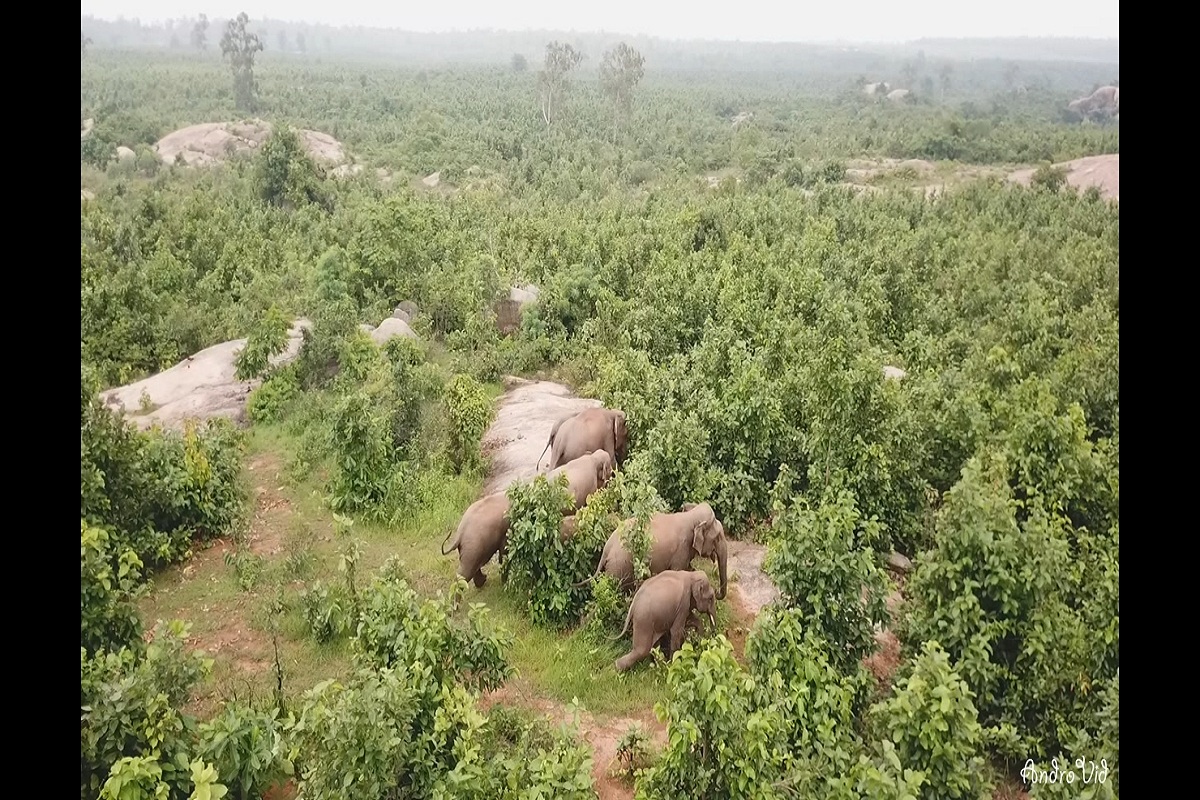The death of five elephants in a fortnight period has brought under sharp focus the safety of these majestic animals with conservationists blaming the rampant human interference contributing towards the upward graph of jumbos’ fatality in the State.
Odisha, with 70% of the total elephant population in eastern India, is home to 1970 pachyderms as per the latest census released by the State forest department.
As many as 862 elephants have perished from 2010 to August 2021 while 921 human deaths have been reported during the period due to man-elephant conflict. The threatened status of these animals could be gauged from the fact that their population has dwindled to 1976 as per the latest census (2017) while the State was home to 2,044 elephants in 1979. Of the 30 districts in the State, 26 of them have elephant habitats.
“In the past 20 days, carcasses of five elephants were retrieved in Keonjhar Forest Division with a tusker found dead yesterday. There were injuries on the animal’s legs which lead one to believe that death was caused by either an arrow attack or gunshots. The alarmingly rising graph of deaths has lent credence to the belief that there has been a complete breakdown of elephant protection measures in Odisha”, charged conservationist, Biswajit Mohanty.
The plight of the distressed elephants of Odisha has gone up manifold with the passage of time, their habitats and paths getting continuously encroached for mining, farming, industries, urbanization, etc. In 1979 there were 2044 elephants. Today their number has reduced to 1976 (2017 census) after being compelled to leave native forests, scattering into smaller populations and entering new areas. Today 26 of the 30 districts have elephants.
The elephant landscape has git truncated dramatically in the last two decades. Keonjhar district which had 112 elephants in 2002 is having only 40 now losing them to large-scale mining while Dhenkanal District which had 81 elephants in 2002 now has 169, getting trapped in the crisscrossing Rengali irrigation canals. Similarly, the 70 odd elephants from the Chandaka sanctuary have virtually abandoned the sanctuary migrating to Ganjam, Nayagarh, and Cuttack districts, and many were killed by trains and electrocution in Ganjam, he said.
The State has an exceedingly poor track record as far as legal enforcement is concerned. Not a single poacher or ivory trader has been convicted for the last 20 years. There is a seven-year imprisonment term for killing any elephant since it is protected under Schedule I to the Wildlife (Protection) Act, 1972. Lack of prosecution emboldens the poachers to continue their killing spree.
Odisha elephants live a life fraught with danger all the time due to poaching, poisoning, electrocution, train kills as the elephants are always chased by forest squads. Incidentally, the Supreme Court has banned chasing elephants but the order is paid scant regard by authorities concerned.











